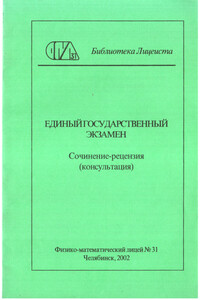Starting Control from Engine Control Room Text
Starting the Engine
1. By shifting the telegraph lever from STOP position to any one of the manoeuvring speed positions, both the engine logic starting circuitry and analog RPM control are energized.
The starting prerequisites are immediately and automatically verified.
2. The unit contemplates on/off consent inputs which could be: turning gear disengaged; starting air pressure, fresh water, lube oil sufficient. It is also checked whether the propeller is stopped or rotates in the demanded direction below the minimum RPM; consequently the engine starting logic is activated, as follows;
3. 1st A 11 e m p t
In order to limit starting air consumption at the 1st attempt, starting air is fed to the engine for a minimum preset time, with simultaneous setting of the first starting RPM and fuel lever.
Once the preset time has lapsed and without waiting for the RPM response, starting air flow is cut off and the RPM’s reach the value corresponding to the speed preset by the operator by means of the engine telegraph lever, with the manoeuvring gradient.
4. 2nd Attempt
If the engine RPM’s drop below 20% of minimum running speed after cutting off the starting air, the second attempt immediately takes place, with reopening of the starting air valves and return of the starting speed set-point and fuel oil lever to the first starting speed is achieved, the starting air control valves close and the engine RPM’s reach the value set by the operator, with manoeuvring gradient.
5. 3rd Attempt
If the required starting RPM’s are not reached after a given time from the opening of the starting air valves on the second attempt, the air valves reclose and as soon as the engine speed falls below 20% of minimum running RPM’s and the position of the fuel lever are set on a second higher level and the starting air valves reopen. Once the required number of starting RPM’s is reached, the air valves reclose and the engine achieves the speed set by the operator with the manoeuvring gradient; otherwise, after a given time lapse from opening, the valves reclose and a “Starting failure” alarm is activated.
To repeat the starting attempts, the operator must reposition the telegraph lever on STOP position, then reset the desired speed.
6. Engine Reversal
In case of engine reversal, the first attempt is automatically by-passed and the starting air valves open as soon as the RPM’s of the engine (which is obviously turning in the direction opposite to that demanded) drop below approximately 20% of maximum RPM’s. Then the two attempts are repeated exactly as described above.
Vocabulary
Material for Rendering and Discussion A
engine control room (ECR)
Superconducting DC Motors for Marine Propulsion
I
Electric propulsion power transmission is usually economical only for special vessels. However, superconducting motors with their greatly reduced weights and sizes indicate that this type of propulsion may become more widespread in the future.
The energy crisis of the early 1970s provided impetus for more sufficient energy conservation and for exploiting hitherto untapped resources.
The superconducting dc motor adds a potent new factor to this situation. It offers the best of these options in that it is lighter than the equivalent conventional ac motor and is a dc motor which may be operated from an ac generator via a simple diode-rectifier-convertor. It offers all the advantages of a dc propulsion system, together with high efficiency, and performance characteristics particularly suited to high efficiency propellers; with no practical power limit.
Superconductors are materials which, when cooled to below a critical temperature, exhibit zero electrical resistance and thus are able to sustain very high current densities. To qualify as an engineering material for electric machines, a superconductor must also tolerate a high magnetic field.




